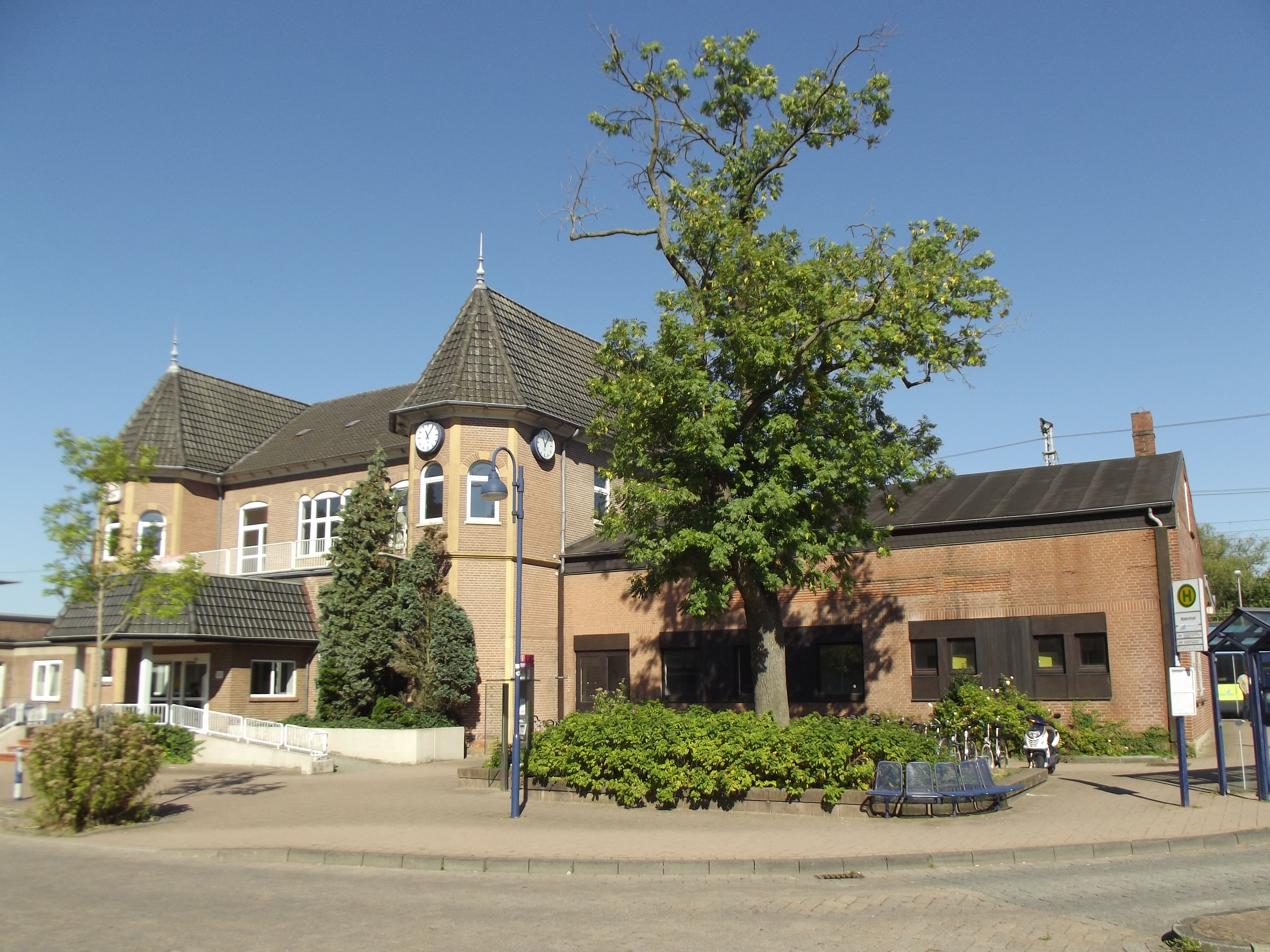|
Lage, Lower Saxony
Lage is a community on the river Dinkel in the district of Grafschaft Bentheim in Lower Saxony with roughly 1,000 inhabitants. It belongs to the Joint Community (''Samtgemeinde'') of Neuenhaus. Of particular sightseeing interest are the church, built in 1687, the watermill, built in 1270, the castle ruins (first mentioned in a document in 1183, destroyed in 1324–1326 and 1626), the lordly manor, built in 1686 and the historic Oak Avenue with the manor staff’s old houses. The extended name ''Herrlichkeit Lage'' – “Herrlichkeit” means grandness or magnificence – refers to the time between the end of the Thirty Years' War and the year 1803, in which Lage was a self-standing small state with its own jurisdiction. The biggest club is the sport club, ''Rot-Weiß Lage 29 e. V.'' (about 700 members). Castle In 1183 came the first documentary mention of the castle at Lage, and of a Hermann von Lage, who between 1173 and 1183 was Capitular at Münster. Between 1324 and 13 ... [...More Info...] [...Related Items...] OR: [Wikipedia] [Google] [Baidu] |
Grafschaft Bentheim
County of Bentheim (german: Grafschaft Bentheim) is a district (''Landkreis'') in Lower Saxony, Germany. It is bounded by (from the west and clockwise) the Dutch provinces of Overijssel and Drenthe, the district of Emsland, and the districts of Steinfurt and Borken in North Rhine-Westphalia. History The District has roughly the same territory as the County of Bentheim, a state of the Holy Roman Empire that was dissolved in 1803. Geography The district's north-western region named (''low county'') protrudes into Dutch territory, and borders it to the north, west and south. The Vechte River (Dutch ''Vecht'') traverses the district from south to north and flows into the Netherlands. Coat of arms The arms are identical to the arms of the historic County of Bentheim The County of Bentheim (''Grafschaft Bentheim'', Low German ''Benthem'') was a state of the Holy Roman Empire, located in the south-west corner of today's Lower Saxony, Germany. The county's borders corr ... [...More Info...] [...Related Items...] OR: [Wikipedia] [Google] [Baidu] |
